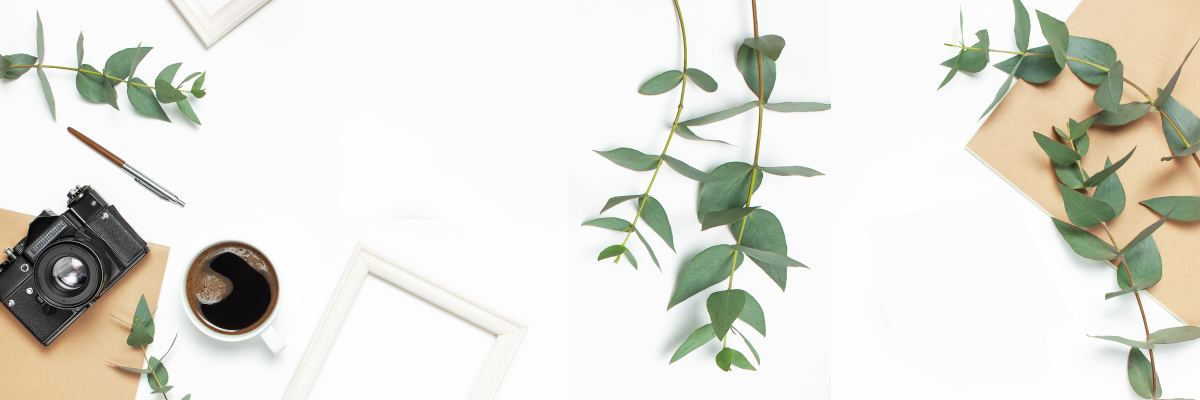Photography is more than just clicking a button. It's about capturing a moment, telling a story, and evoking emotions through a single frame. And one of the key elements in creating visually stunning photographs is composition. The way you frame your shots can make all the difference in transforming an ordinary image into a work of art. So, let's dive into the art of composition and explore some techniques to help you frame your shots like a pro.
1. Rule of Thirds
The rule of thirds is one of the fundamental principles of composition. Imagine dividing your frame into a grid of nine equal parts by drawing two horizontal lines and two vertical lines. The four points where these lines intersect are called the "power points." When framing your shot, try to place your subject along these power points or along the lines themselves. This technique adds balance and visual interest to your photos, making them more compelling.
2. Leading Lines
Leading lines are a powerful compositional tool that can guide the viewer's eye through your photograph. These lines can be anything from roads, fences, or even natural elements like rivers or tree branches. By incorporating leading lines into your composition, you create a sense of depth and draw attention to your subject. Experiment with different angles and perspectives to find the most effective leading lines for your shot.
3. Framing
Framing is a technique where you use elements within your scene to create a frame around your subject. This frame can be anything from a door frame, a window, or even branches from a tree. By framing your subject, you not only add depth and context to your image but also direct the viewer's focus towards the main point of interest. Look for natural frames or use your creativity to capture unique frames that enhance your composition.
4. Symmetry and Patterns
Symmetry and patterns can create visually pleasing and captivating compositions. Look for symmetrical elements in your surroundings, such as buildings, reflections, or nature. Center your subject within the frame to create a sense of balance and harmony. Alternatively, you can also play with patterns, whether it's a repeating shape, texture, or color. Patterns add rhythm to your photos and make them visually engaging.
5. Negative Space
While it's tempting to fill your frame with as much detail as possible, sometimes leaving empty space can be just as powerful. Negative space refers to the empty areas in your composition that surround your subject. By giving your subject room to breathe, you create a sense of simplicity and elegance. Negative space can help draw attention to your subject and evoke a specific mood or emotion. Experiment with different amounts of negative space to find the right balance for your shot.
6. Point of View
Changing your point of view can completely alter the composition and impact of your photographs. Don't be afraid to get down low, climb up high, or experiment with different angles to find the most interesting perspective. By exploring different viewpoints, you can add depth, drama, and a unique twist to your images. Don't be afraid to get creative and push the boundaries of traditional composition.
7. Rule of Odds
The rule of odds suggests that an odd number of subjects in a composition is more visually appealing than an even number. It creates a sense of imbalance and tension, making the photo more intriguing. Whether it's three flowers, five birds, or seven people, try to incorporate an odd number of elements in your frame. This rule works particularly well when your subjects are similar in size or shape.
8. Background and Foreground
Many photographers focus solely on their subject and neglect the importance of the background and foreground. However, these elements play a crucial role in creating a well-balanced composition. Pay attention to what is happening behind and in front of your subject. Ensure that there are no distracting elements that take away from your main point of interest. A clean and complementary background can make your subject stand out and add depth to your image.
9. Embrace Imperfections
Remember, photography is an art form, and sometimes the most captivating compositions are the ones that break the rules. Don't be afraid to embrace imperfections, asymmetry, or unconventional framing. Experiment with different techniques and let your creativity shine through. The beauty of composition lies in its ability to evoke emotions and tell stories. So, trust your instincts and don't be afraid to take risks.
10. Practice and Experiment
Like any skill, mastering composition takes practice. The more you practice framing your shots, the better you'll become at intuitively recognizing what works and what doesn't. Take your camera everywhere you go and challenge yourself to find interesting compositions in everyday scenes. Experiment with different techniques, angles, and perspectives to develop your unique style.
Remember, the art of composition is subjective, and there are no strict rules that dictate what is right or wrong. It's about finding what resonates with you and using composition as a tool to express your vision. So, go out there, explore, and frame your shots with creativity and passion. Your photographs will thank you for it!
Inspire and Be Inspired
Now that you've learned some valuable techniques for framing your shots, it's time to grab your camera and put your knowledge into practice. Remember, photography is a journey of constant learning and growth. So, don't be afraid to experiment, make mistakes, and push the boundaries of your creativity. By embracing the art of composition, you'll not only capture stunning photographs but also tell stories that inspire and touch the hearts of others.












